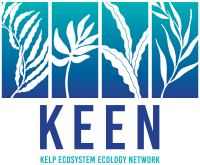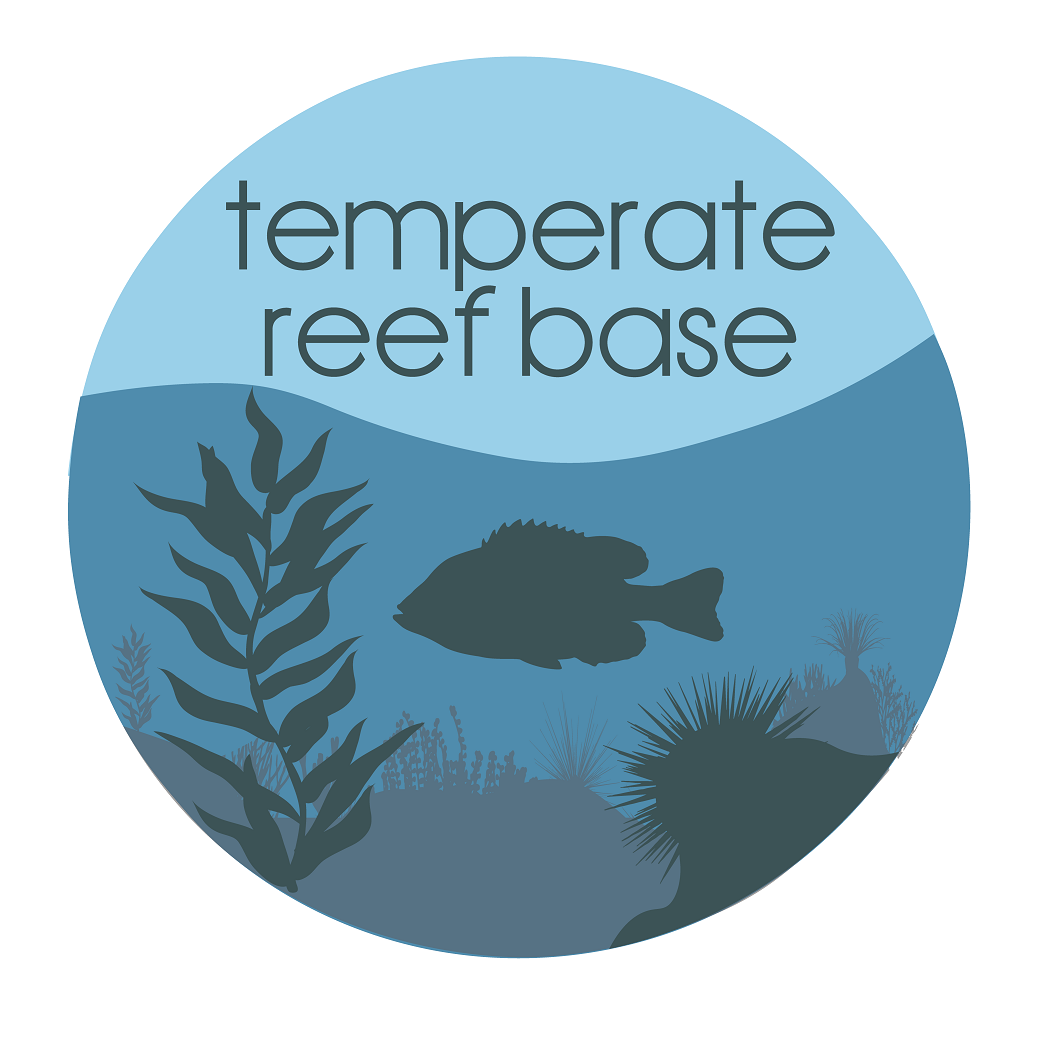EARTH SCIENCE | BIOLOGICAL CLASSIFICATION | PROTISTS | MACROALGAE (SEAWEEDS) | BROWN ALGAE
Type of resources
Topics
Keywords
Contact for the resource
Provided by
Years
-
Seasonal patterns in the in situ ecophysiology of the common habitat-forming seaweeds Ecklonia radiata, Phyllospora comosa, and Macrocystis pyrifera were investigated at different latitudes and depths in southeastern Australia. We used multiple performance indicators (photosynthetic characteristics, pigment content, chemical composition, stable isotopes, nucleic acids) to assess the ecophysiology of seaweeds near the northern and southern margins of their range, along a depth gradient (E. radiata only), over a two year period (September 2010 – August 2012).
-
The phenotypic plasticity of habitat-forming seaweeds was investigated with a transplant experiment in which juvenile Ecklonia radiata and Phyllospora comosa were transplanted from NSW (warm conditions) to Tasmania (cool conditions) and monitored for four months. We used multiple performance indicators (growth, photosynthetic characteristics, pigment content, chemical composition, stable isotopes, nucleic acids) to assess the ecophysiology of seaweeds before and following transplantation between February 2012 and June 2012.
-

This global meta-analysis documents data from underwater visual surveys used to determine the effect of kelp bed disturbance and canopy density on the abundance and structure of fish communities. Spatial, temporal and ontogenetic variability of many key fish species was examined at various levels of kelp disturbance at sites spanning a global temperate distribution. Rocky reef habitats and fisheries management regimes of sites were also examined as covariates.
 TemperateReefBase Geonetwork Catalogue
TemperateReefBase Geonetwork Catalogue